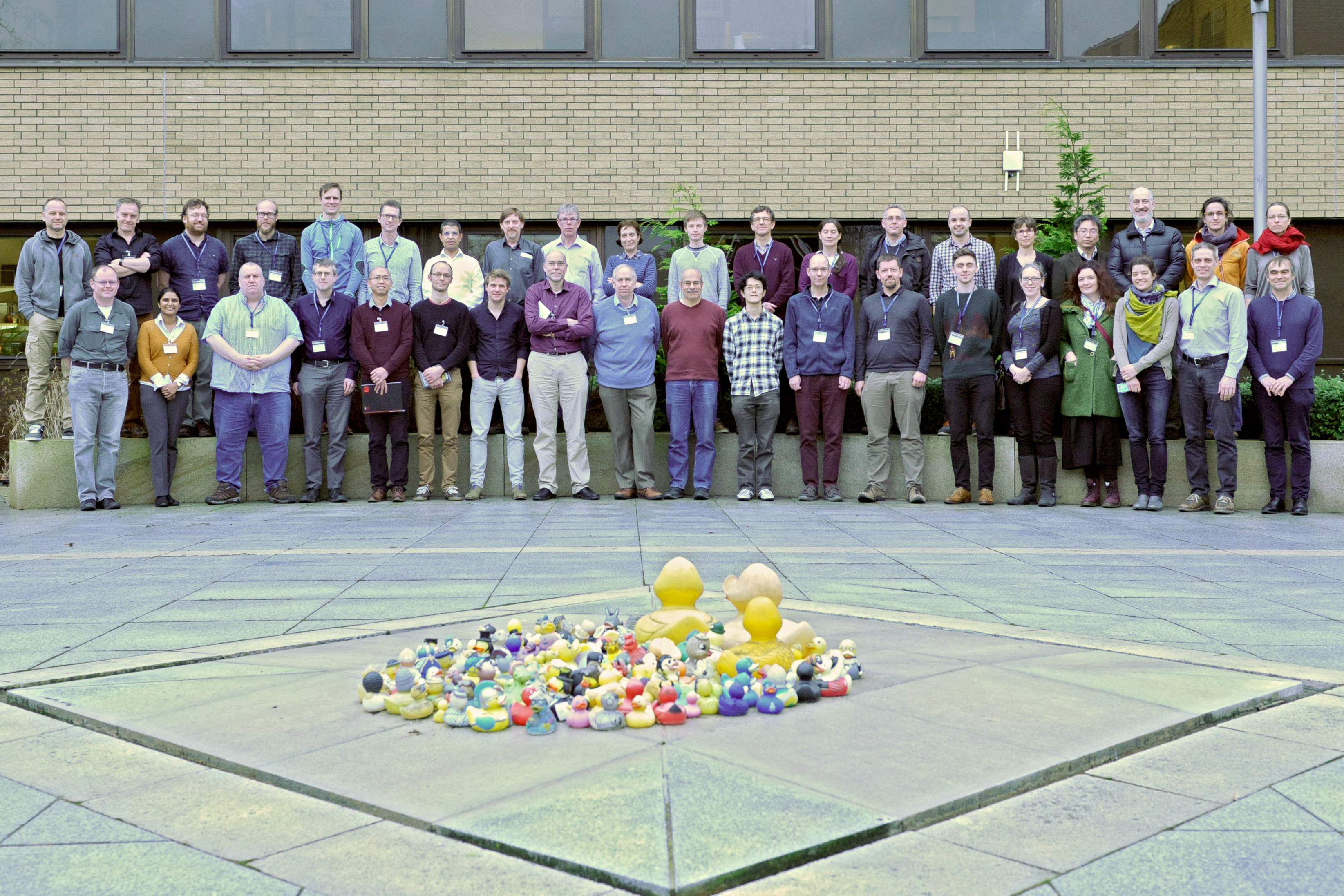More than 50 ocean and data assimilation experts came together at ECMWF from 22 to 25 January 2018 to discuss the way forward for the use of observations of sea-surface temperature (SST) and sea ice in numerical weather prediction (NWP) and climate reanalysis applications, and to advise ECMWF on how best to exploit the observational information.
The workshop was intended to bring together experts in all aspects of the field, including the processing of ocean surface observations (both satellite and in situ), data assimilation techniques and modelling. Three days of presentations were followed by working group meetings, which tried to assess the current state of the art and identify areas where significant improvements and progress can be made.

Outcomes
The main recommendations can be summarised as follows:
- ECMWF was encouraged to gradually move towards the assimilation of radiances to constrain SST and sea ice in the context of running fully coupled systems. This will require extensive collaboration with space agencies and experts outside ECMWF.
- While there are exciting synergies between assimilating ocean-surface sensitive radiances and coupled data assimilation, no blocking inter-dependencies are foreseen, so the two developments can proceed largely in parallel exploiting available resources and expertise.
- In the spirit of moving towards coupled data assimilation, the quality of the individual ocean and sea ice components – both model and data assimilation – should receive adequate attention.
- There is generally good guaranteed future provision of operational satellite data to support these activities, with the possible exception of gaps with respect to low-frequency passive microwave data. This should be matched by an adequate level of support and governance for the in situ component.
- International coordination is also required to optimise the use of SST and sea ice information in Earth system reanalyses.
Motivation and background
An accurate characterisation of the ocean in terms of its surface temperature and sea ice coverage is vital for weather forecasts a few days in advance out to the seasonal range. The landscape of users and applications of SST and sea ice information has changed considerably over the past few years. Observations, applications and methodologies are undergoing a major shift. In the case of SST and sea ice, the paradigm of Earth system forecasting systems has brought together activities and communities traditionally separated, such as the weather and marine communities, and the weather and climate communities. There is a pressing need to revisit standard practices in view of current and potential future deficiencies, to provide guidelines for future directions, and to prepare the ground for institutional collaboration at international level.
The workshop was timely for ECMWF, which is embarking on an ambitious programme to develop Earth system analyses and forecasts as part of its ten-year Strategy. This workshop provided an opportunity to discuss with experts how best to proceed in this area.
Topics discussed
Twenty-four speakers explored a wide range of topics, from observation operators for SST to the latest research on data assimilation systems in which the ocean and the atmosphere are coupled. The workshop revolved around four central themes: observations of SST and sea ice; processing chains (e.g. retrievals, gap filling, product delivery); applications; and new methods.
The presentations were followed by working group discussions focusing on (1) sea ice, (2) applications and (3) SST. The working groups were asked to address the following questions:
- What are possible visions for SST and sea ice information at ECMWF in the time range of ten years?
- What are the current deficiencies and gaps and future barriers (observations, forward models, methods)?
- What should be the next steps for ECMWF to improve SST and sea ice in NWP and reanalysis?
- What recommendations would you make to space/observation agencies?
- Which observations and processing level should drive the evolution of our systems?
The full workshop report as well as presentations and working group recommendations can be found at: https://www.ecmwf.int/en/learning/workshops/workshop-observations-and-analysis-sea-surface-temperature-and-sea-ice-nwp-and-climate
